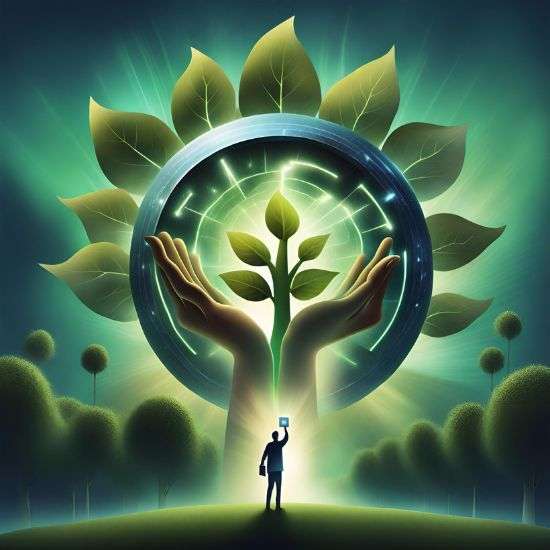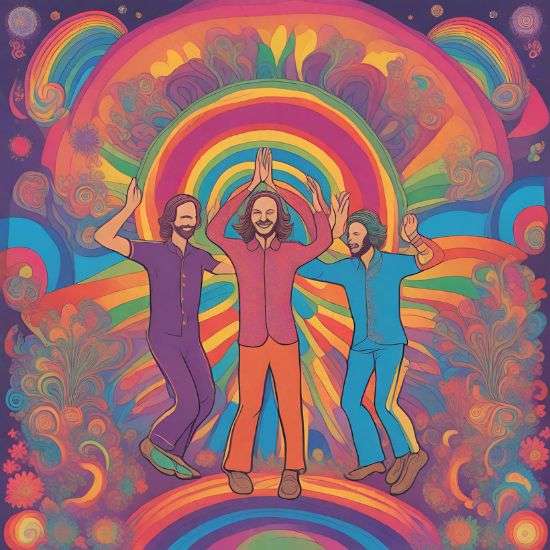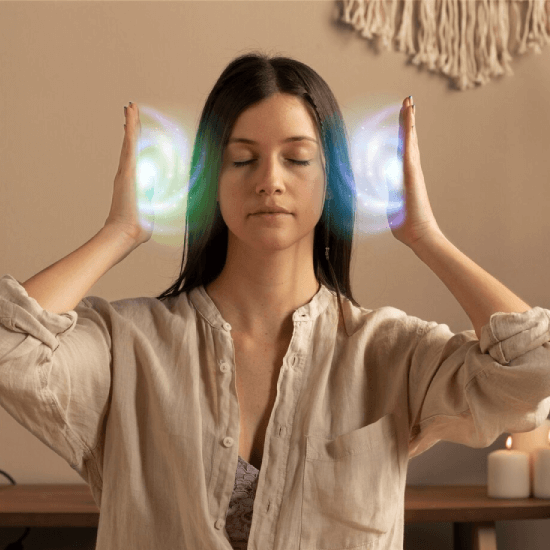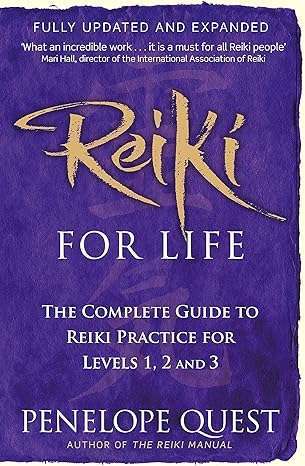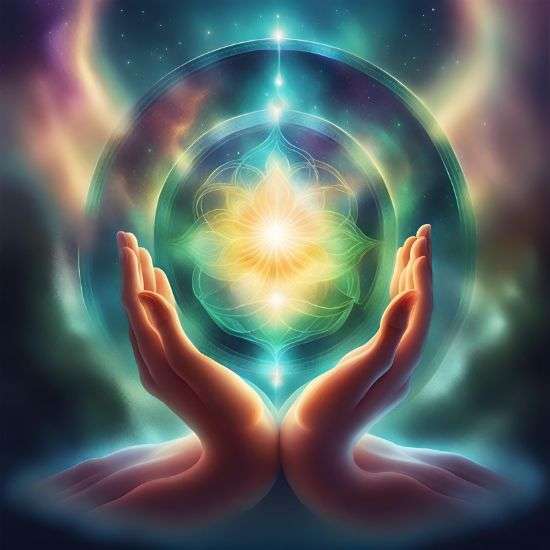Introduction
Reiki, often described as a gentle and holistic healing practice, has gained popularity worldwide for its ability to promote relaxation, reduce stress, and support overall well-being. But what exactly is Reiki, and how does it work? In this introductory guide, we’ll delve into the essence of Reiki healing, its roots, principles, and how it can positively impact your life.
What Is Reiki?
Reiki, pronounced “ray-kee,” is a Japanese term that combines two words: “Rei” (universal or spiritual) and “Ki” (life energy or vital force). Together, they form “Reiki,” which can be translated as “universal life energy” or “spiritual energy.” At its core, Reiki is based on the belief that there is a universal life force energy that flows through all living things. This energy is the source of life itself and is present in every living being.
Origins of Reiki
The history of Reiki traces back to the early 20th century in Japan when it was developed by a man named Mikao Usui. Usui, after years of spiritual exploration and self-discovery, experienced a profound spiritual awakening on Mount Kurama. It was during this transformative experience that he received the knowledge and ability to channel Reiki energy.
Usui’s teachings were passed down through generations, and Reiki eventually spread across the globe, evolving into various traditions and lineages. Today, Reiki is practiced in diverse forms, but the fundamental principles and essence remain the same.
How Reiki Works
Reiki operates on the principle that when the flow of our life energy (Ki) becomes blocked or imbalanced, it can lead to physical, emotional, or mental discomfort and dis-ease. A Reiki practitioner serves as a channel for this universal life energy, allowing it to flow through their hands and into the recipient’s energy field. During a Reiki session, the recipient remains fully clothed and lies down comfortably while the practitioner places their hands on or near specific areas of the body.
The Reiki energy works to dissolve energy blockages, balance the chakras (energy centers), and promote harmony within the body, mind, and spirit. It is non-invasive, gentle, and safe for people of all ages, backgrounds, and beliefs.
Benefits of Reiki Healing
Reiki offers a myriad of benefits, both on the physical and emotional levels. Some of the common advantages of Reiki healing include:
- Stress Reduction: Reiki promotes deep relaxation, helping to alleviate stress and tension.
- Pain Relief: It can assist in reducing physical discomfort and supporting the body’s natural healing processes.
- Emotional Well-Being: Reiki can contribute to emotional balance, providing support during challenging times.
- Increased Energy: Many people report feeling more energized and revitalized after Reiki sessions.
Conclusion
Reiki healing is a powerful and versatile practice that has touched the lives of many seeking balance, harmony, and well-being. In the upcoming articles, we’ll delve deeper into various aspects of Reiki, including its principles, hand positions, and practical applications in daily life. Whether you’re new to Reiki or an experienced practitioner, there’s always more to explore on this transformative journey of healing and self-discovery. Stay tuned for more insights into the world of Reiki.



